
What to Expect: Weather in Iceland in January
Jump to chapter
Iceland is known for its stunning landscapes, unique culture, and unpredictable weather. And if you're planning a trip to this Nordic island in January, you may be wondering what kind of weather to expect.
January is one of the coldest months in Iceland, with temperatures dropping below freezing and snowfall becoming more frequent. But don't let that deter you from visiting this beautiful country. In this article, we'll dive into what you can expect from Iceland's weather in January and how to prepare for your trip.
What is the Weather Like in Iceland in January?
Temperature
January is the coldest month in Iceland, with average temperatures ranging from 28°F (-2°C) to 37°F (3°C). However, temperatures can drop as low as 14°F (-10°C) in some areas, especially in the northern and eastern parts of the country.
Iceland Weather
Iceland is known for its unpredictable weather, and January is no exception. You can expect a mix of rain, snow, and sleet throughout the month. On average, Iceland receives around 3.5 inches (9 cm) of precipitation in January, with the majority falling as snow.
Daylight Hours
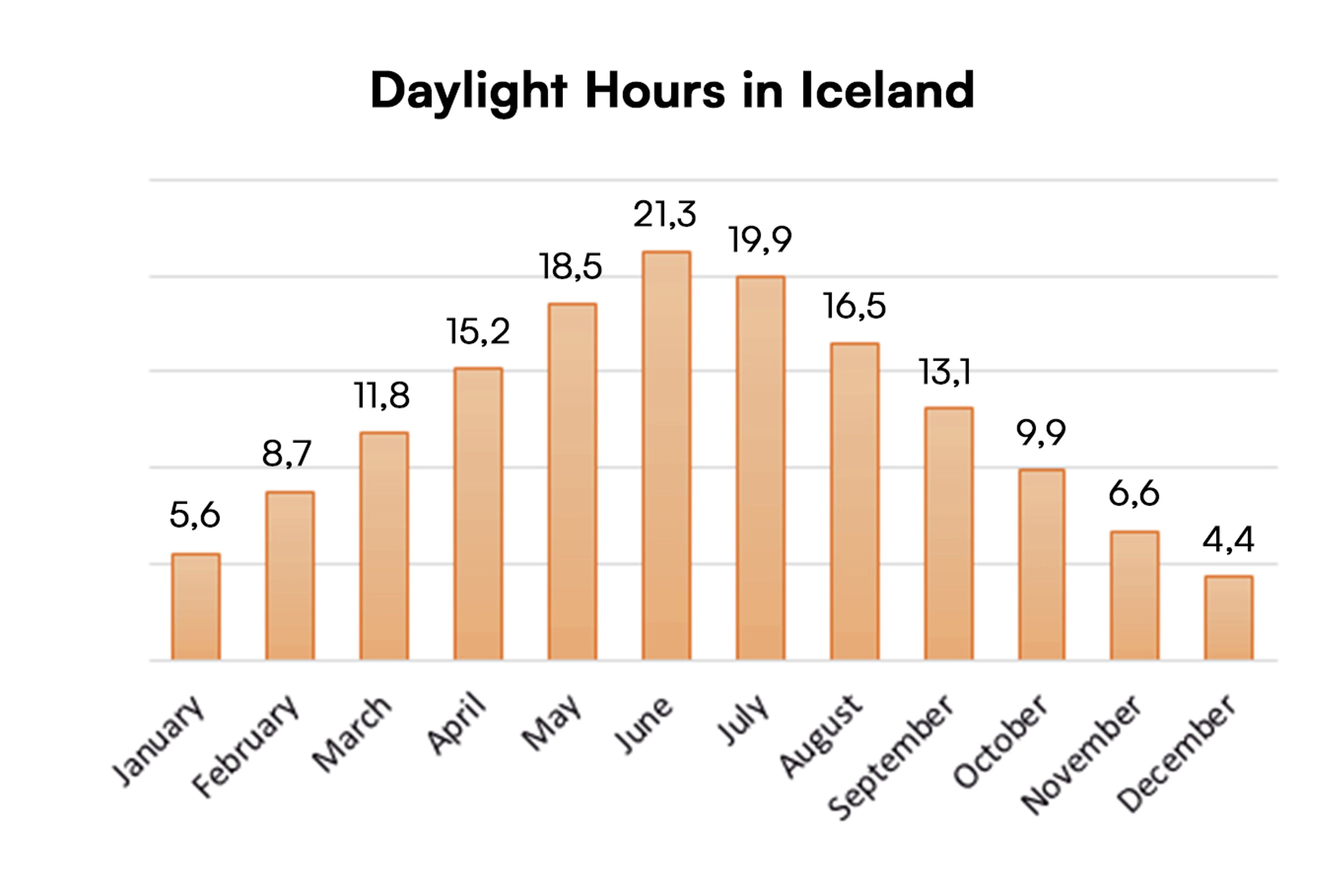
One of the unique aspects of visiting Iceland in January is the limited daylight hours. Due to its location near the Arctic Circle, Iceland experiences long periods of darkness during the winter months. In January, Iceland gets only 4-5 hours of daylight. The sun rises at around 11:00 am and sets at around 3:30 pm.
What to Pack for a January Trip to Iceland
When packing for a January Iceland weather, it's essential to prepare for cold, wet, and windy weather. Here are some essential items to pack for your trip:
Warm Clothing
Layers are key when it comes to staying warm in Iceland's winter weather. Be sure to pack thermal base layers, a warm fleece or sweater, and a waterproof and windproof jacket. Don't forget to bring a hat, gloves, and a scarf to protect your head, hands, and neck from the cold.
Waterproof Boots
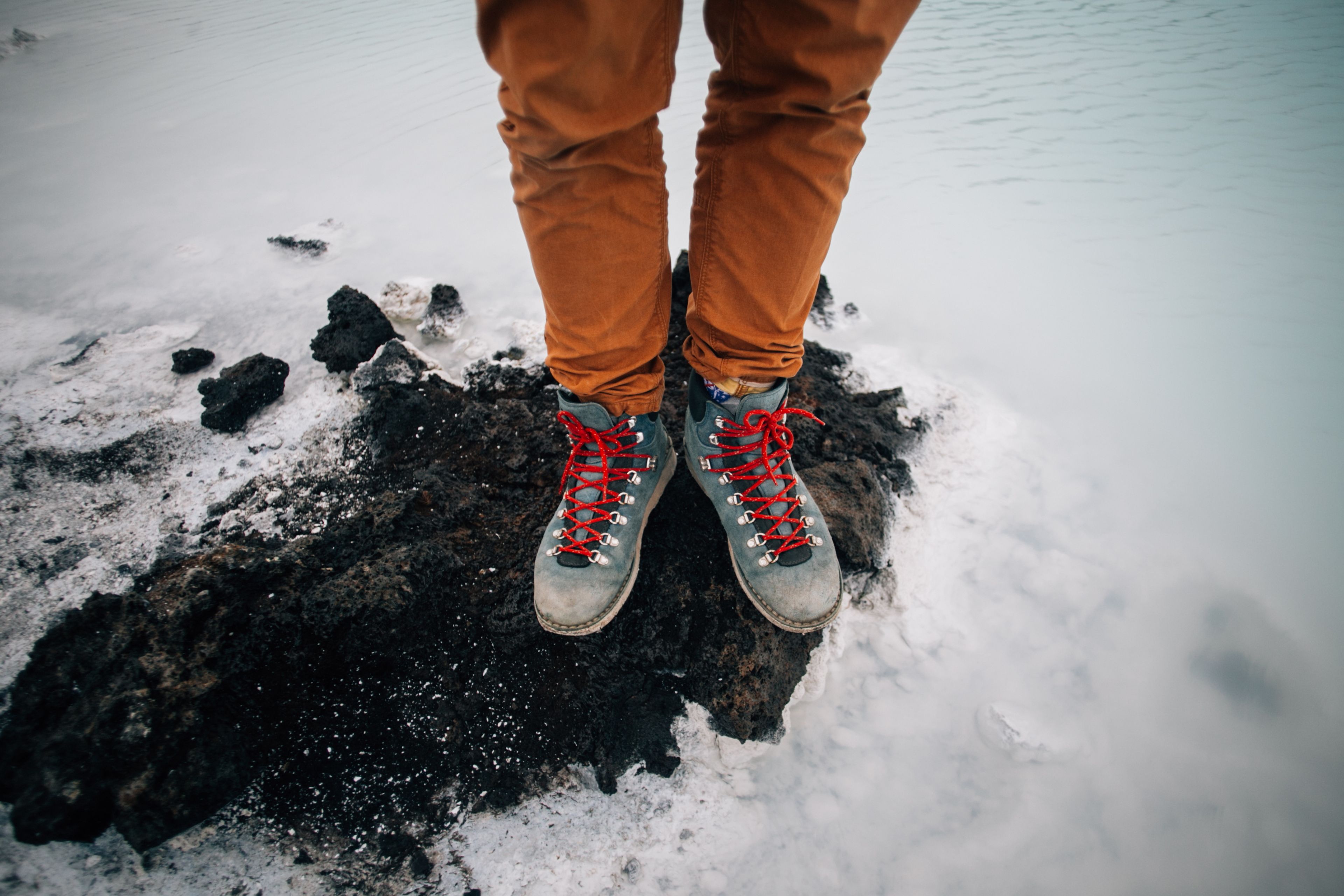
With the potential for snow and rain, it's crucial to have a good pair of waterproof boots for your trip. Look for boots with good traction to help you navigate the icy and snowy terrain.
Camera Gear
If you're planning on capturing the stunning landscapes of Iceland, be sure to pack your camera gear. But remember, cold weather can make your camera's battery die fast. So, bring some extra batteries and keep them warm in your pockets.
Swimsuit
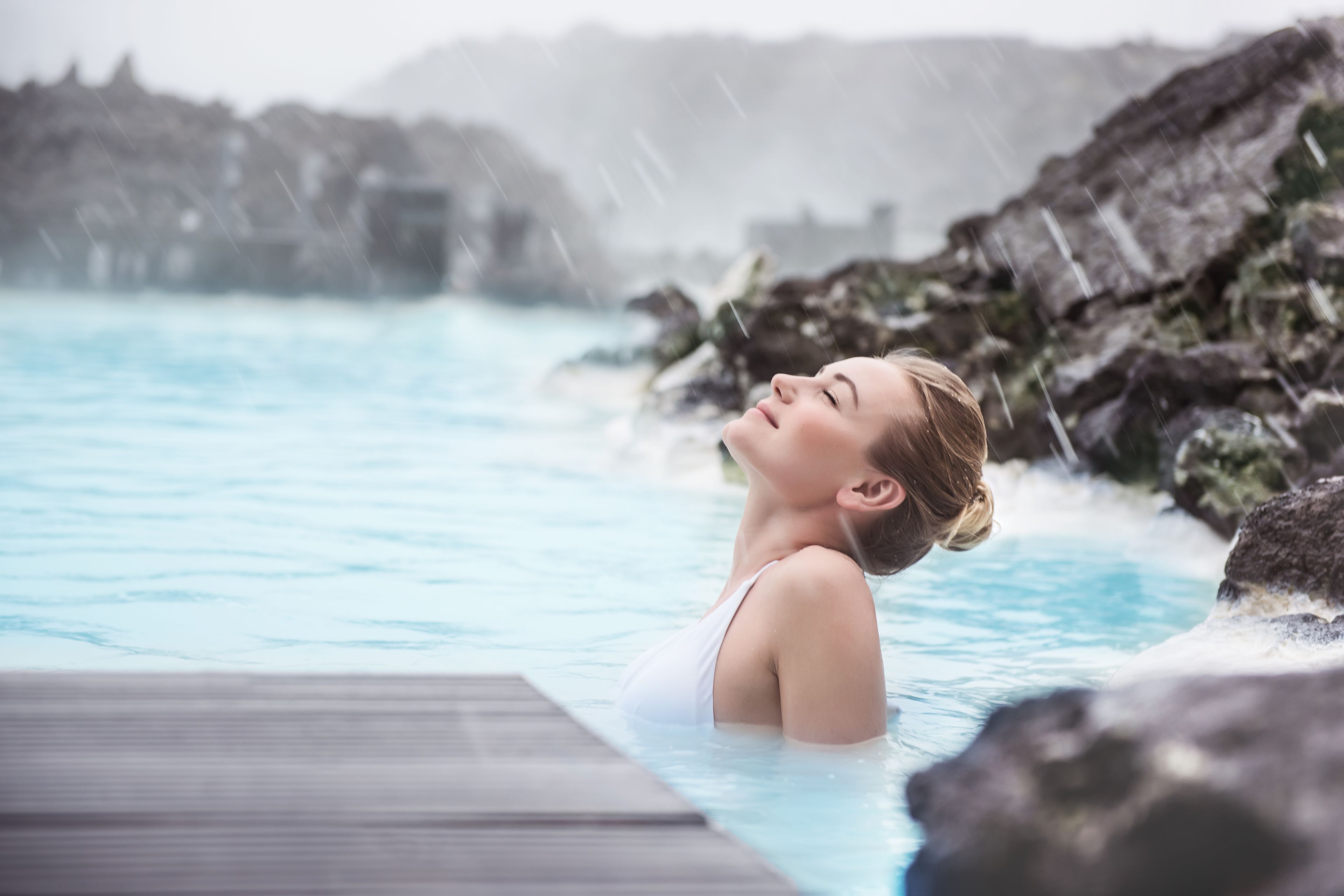
If you're planning a winter trip to Iceland, make sure to pack a swimsuit. You'll definitely want to visit the country's famous hot springs, like the Blue Lagoon, and other geothermal pools. These attractions are even more fun during the winter months.
What Activities Can You Do in Iceland in January?
Northern Lights

One of the main reasons people visit Iceland in the winter is to catch a glimpse of the Northern Lights. With the long periods of darkness, January is an ideal time to see this natural phenomenon. Head to a remote location away from city lights for the best chance of seeing the lights dance across the sky.
Winter Sports
Iceland offers a variety of winter sports, including skiing, snowmobiling, and ice skating. Many tour companies offer guided excursions for these activities, making it easy for visitors to participate.
Whale Watching
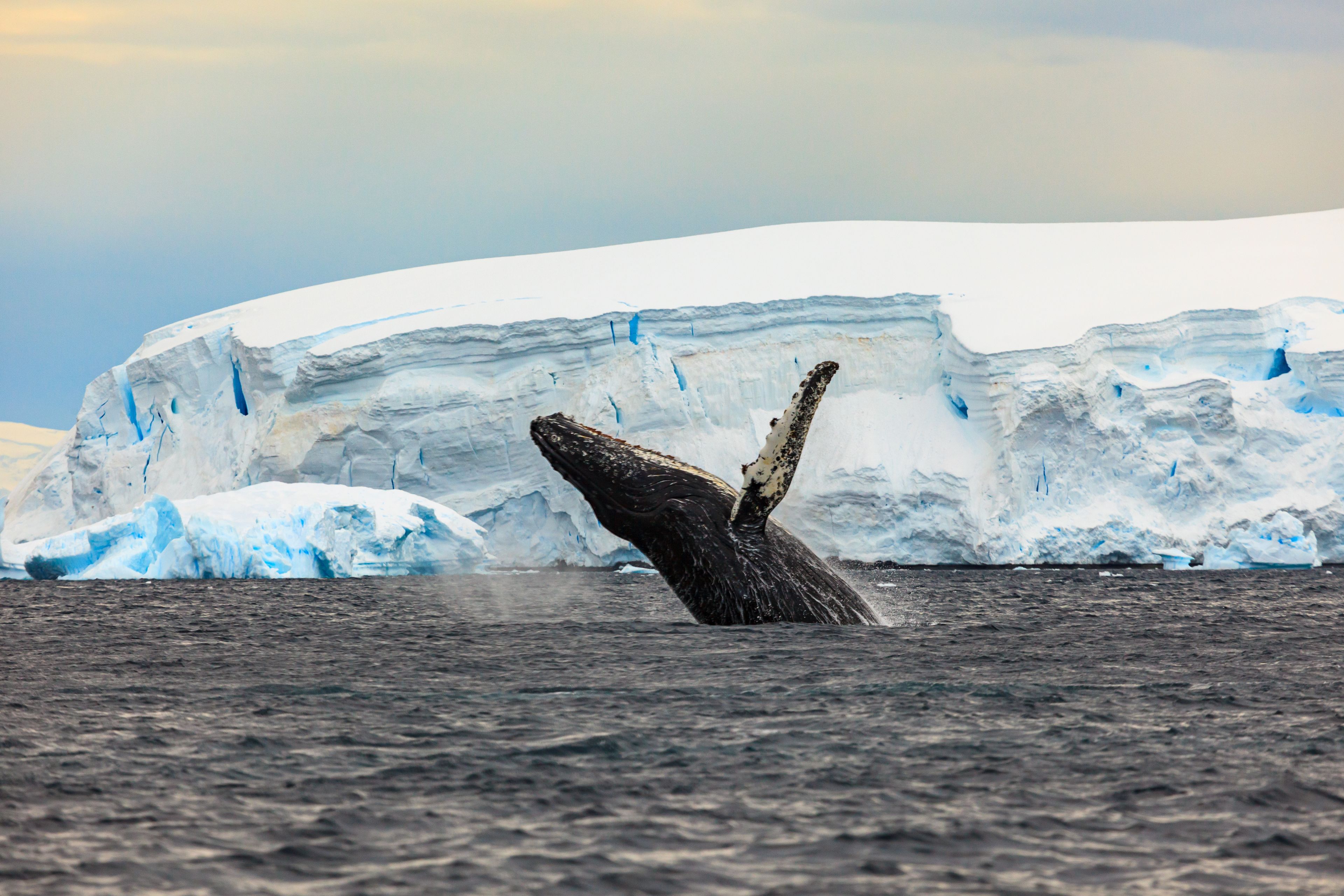
While whale watching is a popular activity in the summer months, it's also possible to see these majestic creatures in the winter. January is a prime time for whale watching, with the highest chances of spotting humpback and minke whales.
Cultural Experiences
Iceland's unique culture and traditions are on full display in January. The country celebrates Þorrablót, a mid-winter festival, with traditional food, music, and dancing. It's a great opportunity to immerse yourself in Icelandic culture and try some local delicacies.
Tips for Navigating Iceland's January Weather
Rent a 4x4 Vehicle
If you plan on driving in Iceland in January, it's essential to rent a 4x4 vehicle. The roads can be icy and snowy, and a 4x4 will provide better traction and stability.
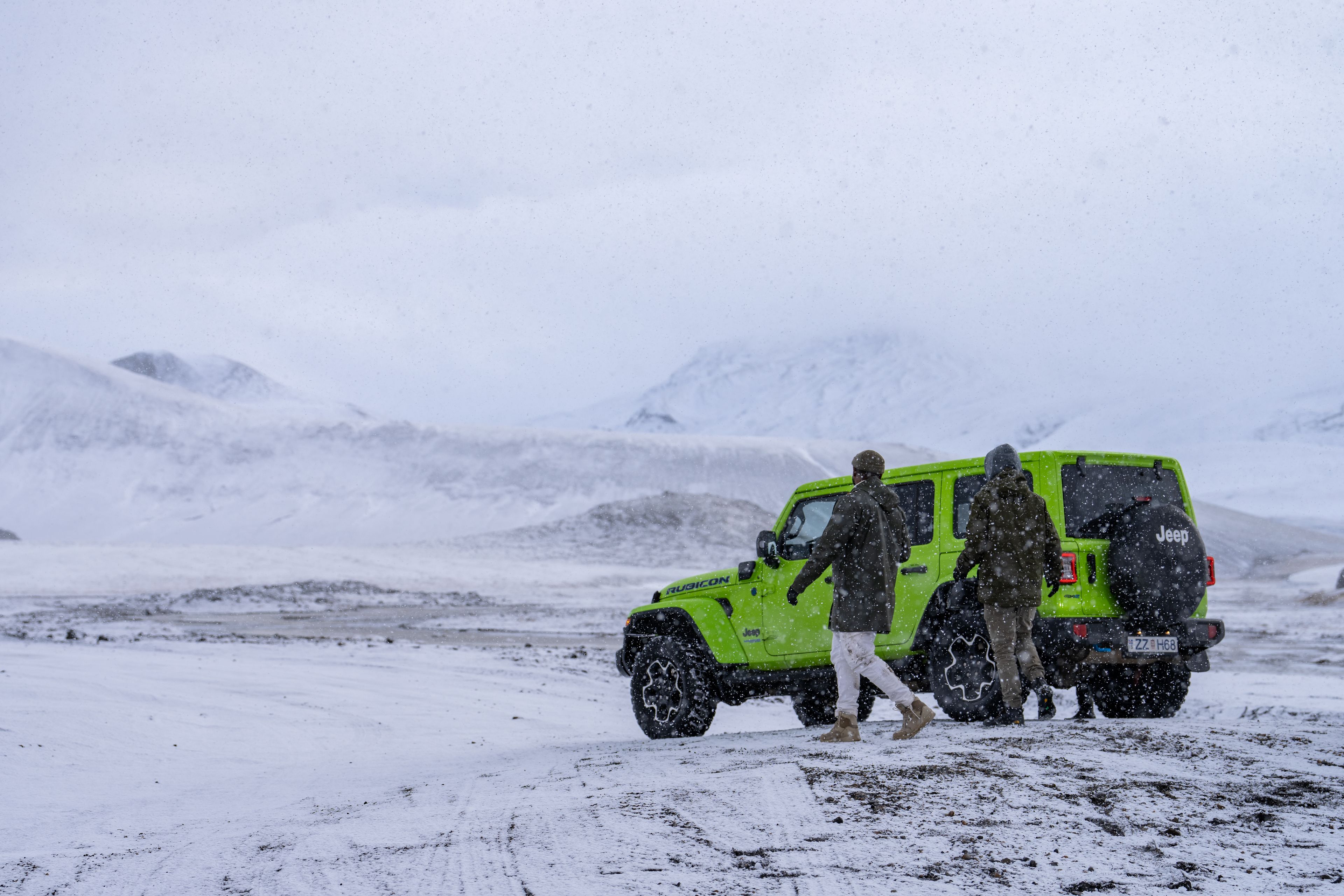
Check the Weather Forecast
As mentioned earlier, Iceland's weather can be unpredictable. Be sure to check the weather forecast before heading out for the day, and plan accordingly.
Dress in Layers

Layering is key to staying warm and comfortable in Iceland's winter weather. Be sure to pack thermal base layers, a warm fleece or sweater, and a waterproof and windproof jacket.
Stay Hydrated
The cold weather can be dehydrating, so be sure to drink plenty of water during your trip. It's also a good idea to bring a reusable water bottle to refill throughout the day.
Conclusion
While January may not be the warmest time to visit Iceland, it's still a beautiful and exciting time to experience this unique country. With the right preparation and packing, you can enjoy all that Iceland has to offer, from stunning landscapes to cultural experiences and winter activities. So bundle up and get ready to embrace the chill of Iceland's January weather.
Latest Blog Posts
 Packing
PackingWhat to Pack for Iceland in October: A List of Essentials
October is a month when Iceland looks really nice. The trees and plants get that changing fall color, creating amazing contrasts in many parts of the country. So, if you have decided to come to Iceland in October, let us tell you that you have made a great choice.
There are many positive points on coming to Iceland during this time. The temperatures are still not too cold, so you will have more space for yourself when visiting the vibrant cities and beautiful natural wonders that can be found in every corner of the country.
 Weather
WeatherReykjavik Weather: What to Expect in Iceland's Capital
Reykjavik, in the heart of Iceland, has a cool and changing climate. Temperatures drop below freezing in winter and rise to about 55°F (12.8°C) in summer. The city gets a lot of rain, with 25-50 mm each month. This mix of mild Atlantic and cold Arctic air makes it windy and stormy.
Despite the unpredictable weather, Reykjavik is great to visit all year. You can see the northern lights in winter and the midnight sun in summer. These weather patterns make the city special and attract visitors from all over.
 Weather
WeatherAkureyri Iceland Weather: What to Expect
Akureyri is the second-largest city in Iceland, known as the "capital of the north." It sits at the foot of the longest fjord in the country, Eyjafjordur. This city gives visitors a peek into the changing weather and seasons of northern Iceland. It's a key spot for travelers, making it vital to know the local climate to enjoy your visit.
This guide will cover Akureyri's weather, from the mild Gulf Stream-influenced temperatures to the unpredictable weather patterns of Iceland. It will also highlight the best times to visit. Whether you want the sunny summers or the stunning Northern Lights in winter, this guide has you covered.
This guide will cover Akureyri's weather, from the mild Gulf Stream-influenced temperatures to the unpredictable weather patterns of Iceland. It will also highlight the best times to visit. Whether you want the sunny summers or the stunning Northern Lights in winter, this guide has you covered.
